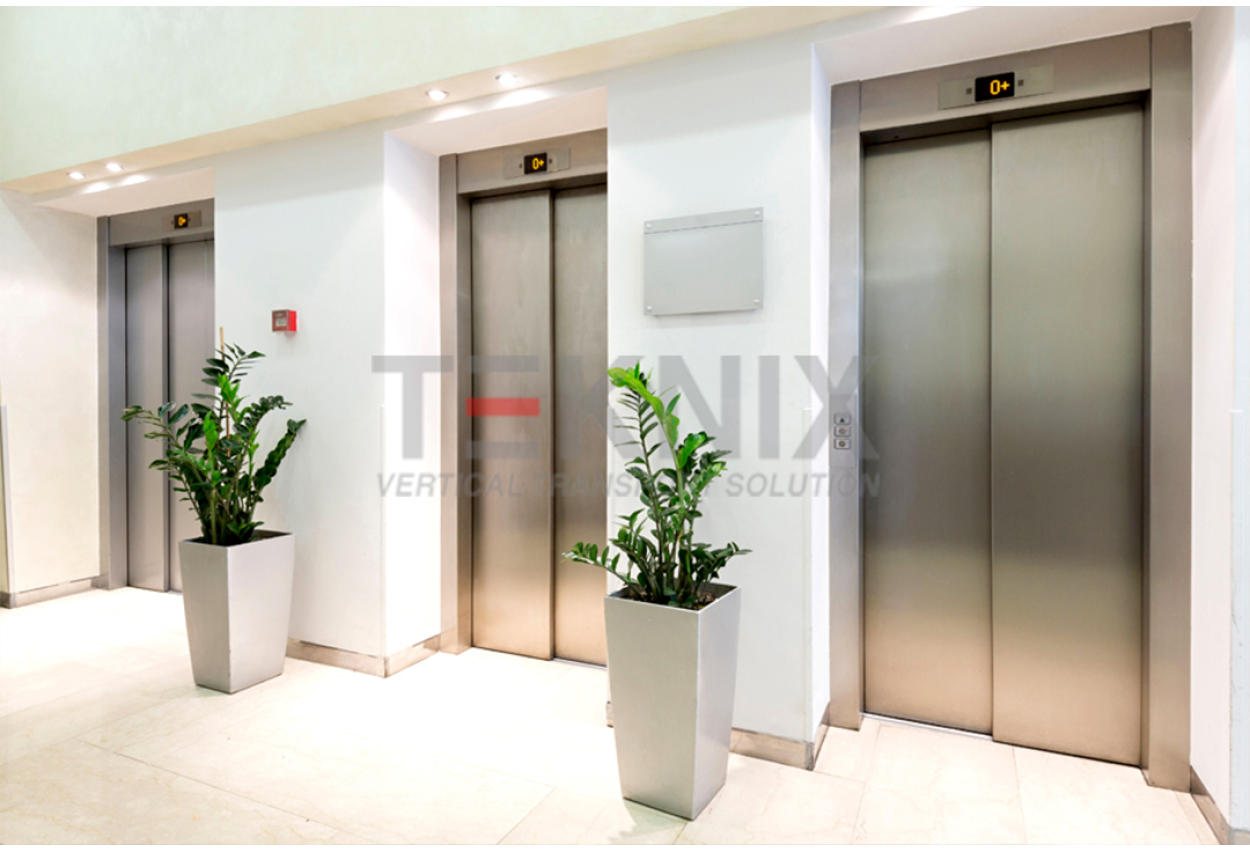London Lift Company: Relied On Professionals for All Your Upright Transport Needs
London Lift Company: Relied On Professionals for All Your Upright Transport Needs
Blog Article
Diving Into the Globe of Elevators: Typical Concerns Dealt With by Various Lift Systems
As we navigate through the upright transport systems of modern structures, elevators stand out as an indispensable part of our day-to-days live. However, behind their seamless procedure lies a globe of detailed devices that can in some cases run into difficulties. From hydraulic lifts to traction systems and machine-room-less layouts, each lift kind features its set of usual concerns. Comprehending these difficulties is important for making certain the smooth functioning of these essential systems. Allow's explore the intricacies that underlie the operation of elevators and the prospective problems that can occur, clarifying the detailed web of lift devices.
Hydraulic Elevators
Hydraulic elevators, usually favored for low-rise structures, use fluid stress to control the motion of the lift auto (lift repair companies). This device includes a hydraulic pump pressing oil right into a cyndrical tube, creating the elevator to move in the desired direction. While hydraulic elevators are recognized for their quiet and smooth procedure, they do feature their very own collection of usual concerns
One common problem with hydraulic elevators is oil leakage. The seals in the hydraulic system can use out over time, bring about oil infiltration. If left unaddressed, this not only develops a mess but can also affect the lift's efficiency. Additionally, issues with the control system, such as defective shutoffs or a malfunctioning pump, can cause disturbances in the lift's activity.
Normal maintenance and timely repairs are important to make sure the smooth functioning of hydraulic elevators. By attending to these common issues proactively, structure owners can lessen downtime and make certain the safety and security and performance of their upright transport system.
Grip Lifts
When considering vertical transportation systems in structures, one more usual type besides hydraulic elevators is the traction lift. Traction elevators run utilizing a system of ropes and counterweights that relocate the lift automobile by clutching onto the hoist ropes. This device enables smoother and faster vertical transport compared to hydraulic systems.
One of the usual concerns faced by grip lifts is rope wear. The consistent motion of the ropes within the traction system can bring about deterioration in time, potentially creating the elevator to breakdown or become dangerous for use. Regular inspections and maintenance of the ropes are vital to guarantee the elevator's proper performance and security.
An additional concern that traction elevators may encounter is connected to the control system. Troubles with the control system can result in concerns such as irregular activity, delays in reaction times, or also complete shutdowns. Regular screening and maintenance of the control system are important to avoid such issues and make certain the elevator's reliability.
Machine-Room-Less (MRL) Lifts

Among the vital parts of MRL elevators is the portable gearless grip equipment that is installed within the hoistway. This machine effectively drives the lift car without the need for large equipment located in traditional traction elevators. Additionally, MRL elevators typically utilize a counterweight system to stabilize the cars and truck, more improving their power effectiveness.
Despite their benefits, MRL elevators may deal with obstacles connected to repair and maintenance because of the constrained area for devices installation. Access for servicing elements within the shaft can be limited, requiring specialized training for professionals. Proper upkeep timetables and normal assessments are vital to make sure the ongoing smooth procedure of MRL elevators.
Overloading and Weight Limitation Issues
Overwhelming and weight limit concerns are essential issues in lift operations. Elevator makers style raises with certain weight abilities to ensure passenger safety and security and equipment long life.
When elevators are overloaded, it places too much strain on the motor, cables, and various other components, possibly creating breakdowns or failures. Safety devices such lift companies in London as sensors and overload sensors remain in location to stop lifts from moving if they identify excess weight. Additionally, exceeding weight limitations can cause enhanced power consumption and damage on the lift system.
To mitigate straining problems, constructing managers must prominently present weight limits in elevators and enlighten owners on the importance of sticking to these limitations - lift repair companies. Normal upkeep checks by certified professionals can likewise help guarantee that elevators are running within risk-free weight specifications. By attending to overloading and weight limit issues proactively, structure owners can improve lift safety and security and efficiency
Electrical System Failings
Exceeding weight limits in lifts can not just lead to mechanical problems yet additionally possibly add to electric system lift companies in London failures within the lift infrastructure. Electrical system failings are a vital concern in elevator operation, as they can cause unforeseen closures, breakdowns, or even safety and security hazards.
In addition, power rises or variations in the electrical supply can additionally interfere with the elevator's operation, affecting its performance and safety. These electrical disturbances can damage delicate lift parts such as control panels, circuit boards, or sensors, causing system failures. Normal upkeep and inspections are vital to recognize and resolve potential electrical problems without delay, making certain the risk-free and efficient operation of elevator systems. By adhering to weight limitations and conducting regular electric system checks, building proprietors can mitigate the risk of electrical failures in elevators.
Verdict

Hydraulic lifts, often chosen for low-rise structures, use fluid stress to control the motion of the lift car.When thinking about vertical transport systems in structures, an additional usual kind apart from hydraulic lifts is the grip elevator. Traction lifts run utilizing a system of ropes and weights that move the lift vehicle by gripping onto the hoist ropes. Unlike conventional lifts that call for a different equipment area to house the devices, MRL lifts incorporate most of the parts within the shaft, eliminating the demand for a committed machine room.In final thought, elevators face usual concerns such as hydraulic breakdowns, grip system failures, and electric system troubles.
Report this page